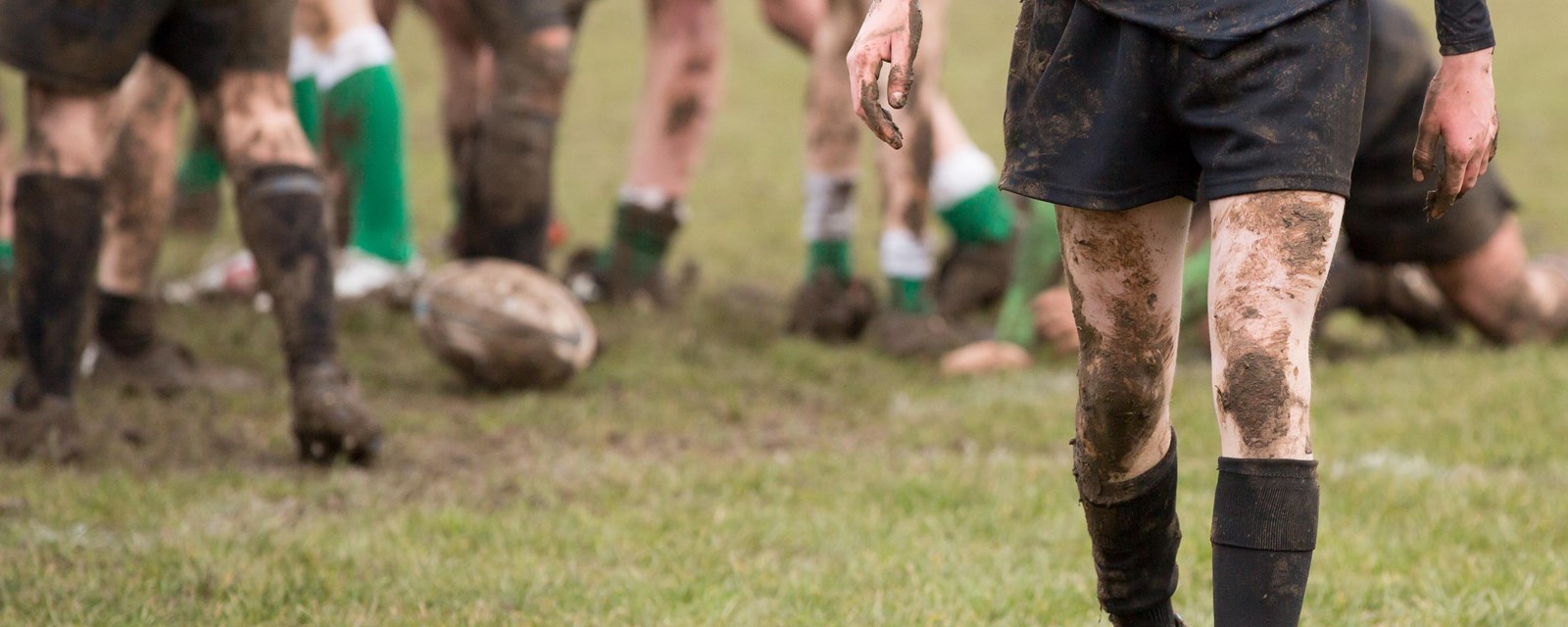
Children account for almost half of sport injury-related A&E attendances
Study finds almost half of sport injury-related emergency department attendances and almost a quarter of sport injury-related hospital admissions were in children and adolescents aged 0 – 19 years.
The high burden of sport-related injuries has been highlighted by new research published by the Journal of the Royal Society of Medicine. The researchers, from Newcastle University and Oxford University Hospitals NHS Foundation Trust, analysed injury attendances recorded at two NHS hospitals in Oxford and Banbury between 1 January 2012 and 30 March 2014. Of the 63,877 attendances recorded, 11,676 were sport-related, with 5,533 in 0-19 year olds. 14-year-old boys and 12-year-old girls were most at risk of sustaining a sports injury.
For boys, the three main sports involved in injuries were football, rugby union and rugby league and for girls, trampoline, netball and horse-riding. Almost a quarter of the injuries were fractures, the highest percentage to the upper limbs. Rugby union was the sport most associated with head injury and concussion in boys and for girls, head injuries were most common during horse riding.
The researchers suggest that local authorities and schools should consider targeting sport injury prevention at children in the first four years of secondary school. They say that for younger age groups, trampolines in the home warrant improved safety and that rugby and horse-riding should also be a focus for interventions.
Dr Tom Hughes, emergency department consultant at the John Radcliffe Hospital in Oxford, said: “Emergency department reception staff do a great job collecting injury data on our patients, and by using this information, we can prevent injuries. This analysis highlights areas we should be exploring to see how we can make everyday activities a bit safer without being boring.”
Graham Kirkwood, senior research associate at Newcastle University, said: “These figures are equivalent to 68 boys and 34 girls in every thousand attending NHS emergency departments in a year. This is a heavy burden on the NHS and on children and families from sport-related injury.” He added: “Children need to be physically active but making organised sports as safe as possible needs to be part of any effective child obesity strategy.”
Professor Allyson Pollock at Newcastle University said: “This study has some shed some light on the causes and scale of sport injuries and should act as a springboard for injury prevention initiatives in child sport, targeted specifically at the causal mechanisms for these often serious injuries.”
Notes to editors
Results on sports-related injuries in children from NHS emergency care dataset Oxfordshire pilot: an ecological study (DOI:10.1177/0141076818808430) by Graham Kirkwood, Thomas C Hughes and Allyson M Pollock will be published by the Journal of the Royal Society of Medicine at 00:05 hrs (UK time) on Friday 2 November 2018.
The link for the full text version of the paper when published will be: http://journals.sagepub.com/doi/full/10.1177/0141076818808430
For further information or a copy of the paper please contact:
Rosalind Dewar
Media Office, Royal Society of Medicine
DL: +44 (0) 1580 764713
M: +44 (0) 7785 182732
E: media@rsm.ac.uk
The Journal of the Royal Society of Medicine (JRSM) is a leading voice in the UK and internationally for medicine and healthcare. Published continuously since 1809, JRSM features scholarly comment and clinical research. JRSM is editorially independent from the Royal Society of Medicine, and its editor is Dr Kamran Abbasi.
JRSM is a journal of the Royal Society of Medicine and it is published by SAGE Publishing.
Sara Miller McCune founded SAGE Publishing in 1965 to support the dissemination of usable knowledge and educate a global community. SAGE is a leading international provider of innovative, high-quality content publishing more than 1000 journals and over 800 new books each year, spanning a wide range of subject areas. A growing selection of library products includes archives, data, case studies and video. SAGE remains majority owned by our founder and after her lifetime will become owned by a charitable trust that secures the company’s continued independence. Principal offices are located in Los Angeles, London, New Delhi, Singapore, Washington DC and Melbourne. www.sagepublishing.com
